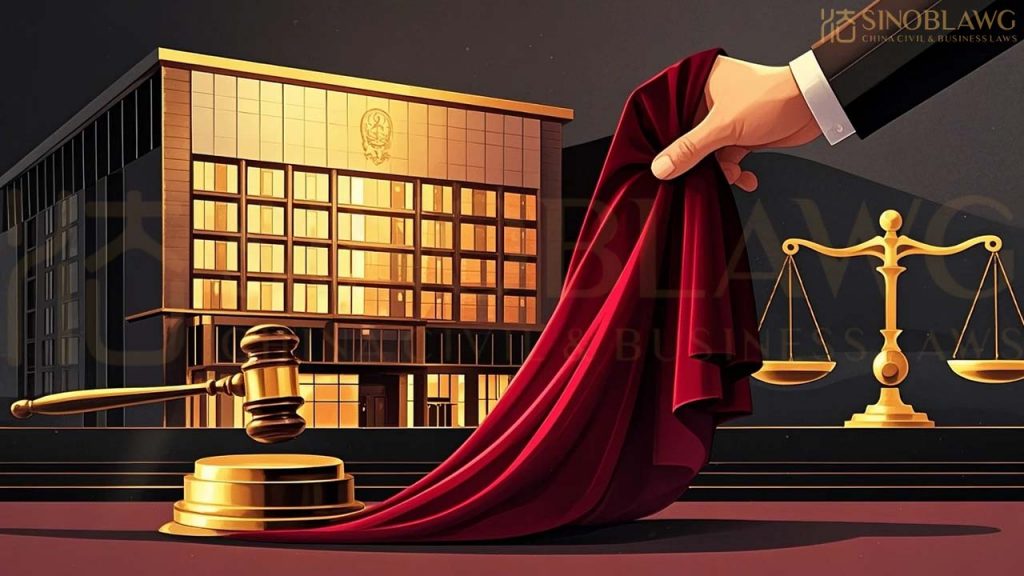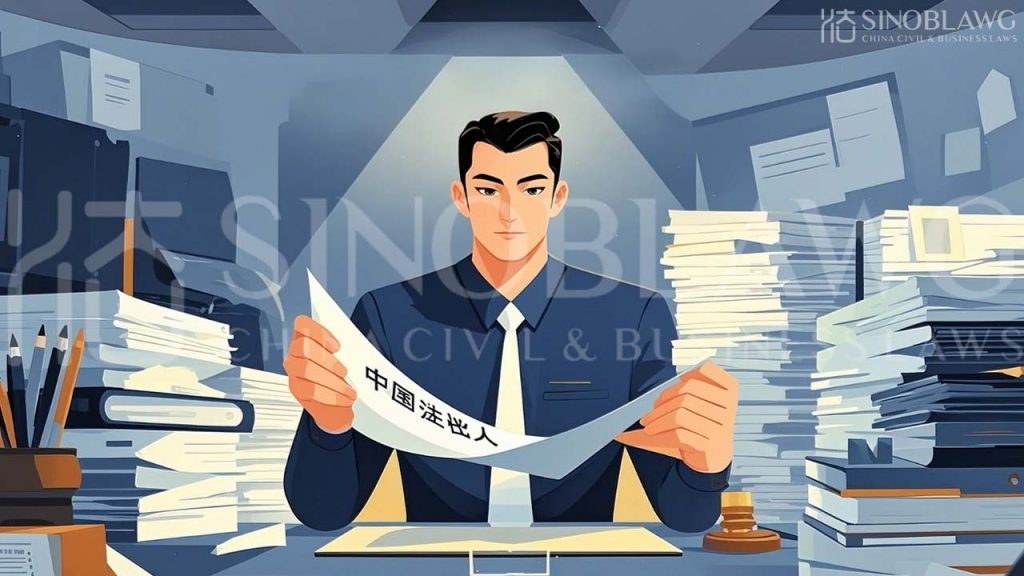Limited liability has been recognized as one of the fundamental features of companies and corporations throughout world, which was heralded as great an invention as the steam engine.
Under Chinese laws and in Chinese judicial practice, it has proven that it is difficult to get the court to pierce the corporate veil, a metaphor referring to the limited liability doctrine affording protection to shareholders or members of companies. With the relaxation on rules governing opening or setup of new companies, in particular, the registered capital reforms, many new companies have sprung up over night and many of them may be just shell entities and some of them are even used for fraudulent activities. I have been helping many foreign clients in international trade business that wanted to go after the Chinese sellers that have cheated the foreign buyers, very often it is found that the Chinese seller companies are just shells with little assets available for satisfying a winning judgments for clients. Then the legal route to further pursue justice is to have those shareholders behind the corporate veil to be accountable. However, it is complicated and never easy to lift the corporate veils.
A recent case in this regard that has been escalated to China Supreme Court for the final judgement has been released and attracted great deal attentions from lawyers and academia.
FACTS:
A creditor or lender extended a loan to a company that has three shareholders (from accounts of the judgment only one shareholder wields actual control over the company), and instead of paying the loan proceeds into the bank account of the company, the fund was mainly (part went to the company) paid into the personal accounts of the two passive shareholders, and the loan agreement (often in the form of a receipt indicating the loan) was signed by the active shareholder in his personal name. The loan was partial paid off in the course of their dealings that included a few other loan transactions. The repayments of the loan were made through the personal bank accounts of the shareholders. It was also found out that between the personal accounts and the company’s accounts, there are other frequent exchanges of funds whereby the shareholders cannot explain clearly why and for what purposes.
DECISION & RATIONALE:
China Supreme Court affirmed the decision made by the appellate court that the shareholders shall be jointly liable to the creditor for the debts incurred by the company.
The rationale is explicated as follows:
(1) China has applied the real-name system in its banking accounts management, and thus in principle, the account holder shall be the owner of the fund sitting in the account;
(2) In the same time, China’s accounting law, taxation law and related regulations have required that a company shall use its own account in doing its business and there shall not be illegitimate fund transfers between corporate accounts and the accounts of corporate officers and shareholders with a view to maintaining the independence of corporate assets and the economic orders;
(3) The magnitude and frequency of transfers of different-nature funds between the company’s account and shareholder accounts have made it virtually impossible to clearly distinguish the company’s corporate assets and the personal assets of the shareholders; and
(4) Therefore, the commingling of corporate assets and personal assets has rendered the company to lose its status as an independent legal entity in terms of discharging its own debts and liabilities.
CONTRAST TO PRECEDENT CASES
This is not the first case involving the application of doctrine of lifting corporate veil. Another case of attention by China Supreme Court was decided in 2013 which is later on selected as one of the guiding precedent cases (No. 15 Guiding Case).
In this precedent case, the court found out that the debtor company with another two associated companies were in the common control of an individual shareholder and the assets, businesses and staff of the corporate entities were all commingled to some extent, and the personal assets of the individual shareholder were as commingled with assets of those affiliated companies. Based on those facts, the Supreme Court, based on the same doctrine of commingling of legal personalities, ordered all the affiliated parties (companies and the controlling shareholder) to jointly assume and be responsible for paying off the debts owed to a machinery seller.
Some rules can be drew from the cases:
(1) to lift the corporate veil to go after the assets of a corporate shareholder, plaintiff is required to prove the commingling of not only the assets, but also that of the business and staff;
(2) to life the corporate veil to go after the individual shareholder of a company, the plaintiff shall prove that the personal assets of the shareholder is unduly commingled with those of the companies controlled by the shareholder.
While the fact pattern is clear, in practice, the burden of proof could be insurmountable esp in the case of piercing corporate veil to pursue the joint and several liability on the part of the corporate shareholder.
COMMENTS
While in China’s judicial practice, piercing corporate veil is commonly termed as “denial of corporate legal personality”, it is my opinion that the labeling is very misleading and confusing. Legal personality and limited liability are two distinct features of modern companies. But in China, often people equate legal personality with limited liability thinking only legal entity accorded with limited liability shall be considered as having legal personality, which is not really the case. Please refer to the other post on this blog: Legal Personality of corporation and limited liability.






Comments